Want an organic way to grow flowers, vegetables and herbs, enrich the soil for landscaping plus recycle food and yard waste that is clean and great for the environment?
0 Comments
 Feeling stressed? Needing (or wanting) to slow down and catch your breath? It seems the busier we are...... the busier we become. Over scheduling seems to be an ongoing trend for so many of us. Work has deadlines, family and children have schedules and commitments and with technology ever present in our lives it can seem nearly impossible to truly 'get away' and have time just for you. My smartphone is always by my side and I am constantly checking my emails...constantly. How did we survive before.....well we did and most likely we were calmer, less stressed, engaged in conversations with people that we actually knew, had more time to do the things we wanted to do and maybe were a little more relaxed and possibly even happier. It's not that technology is a bad thing, on the contrary, but it seems it has taken over our lives and we rely far too heavily on it. Have you ever read a work email and it just ruined your day/ night/ vacation? You can't go back once you've read it...damage so to speak is done and it's hard to get your mind fully back into your off time. Over time comes the stress of never really being away from your job. Even more problematic when your job is not really your passion. You may be in a situation (work, family, other commitments) where you can't shut down or choose not to respond to email/calls. But what you can do is use meditation and mindfulness to help ease the stress. Let's start with a short quiz on your current state of mindfulness. Think through the following questions and your responses, looking for any patterns and what they may mean:
There isn't a right or wrong answer to any of them, but more a signal that you may need to slow down and listen to your body. Unsure of where to begin, below is a simple practice to the beginnings of being fully present. First, and most importantly is to find a quiet place where you won’t be interrupted and a place where you can comfortably sit. I suggest wearing comfortable, non-binding clothes and dim the lights or light a candle to set the calming mood.
When finished, sit quietly for 30 seconds to 1 minute. At first you may find your mind wandering, make a mental note of what happens~ what you hear, smell, feel and make no judgements, moving back to sitting quietly, observing the moment and focusing on your breath. Practicing mindfulness is relatively simple but it can for some be difficult at times, the goal is to keep practicing, in time it will become very easy and enjoyable! |
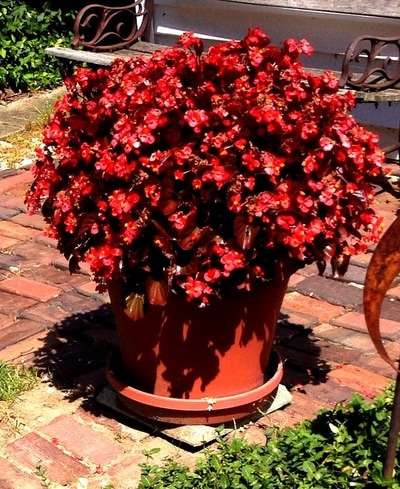
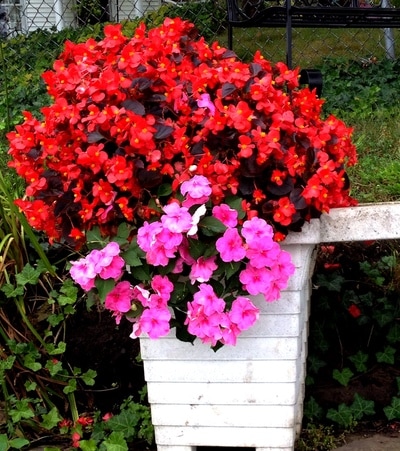
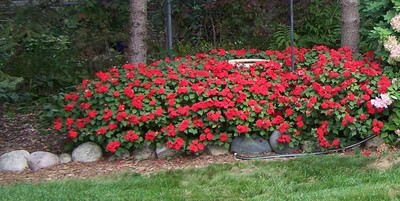
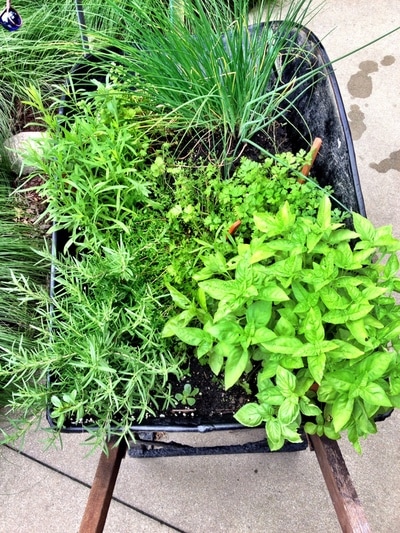
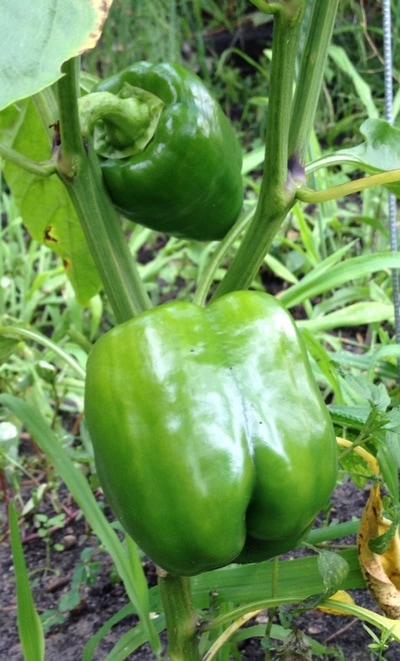
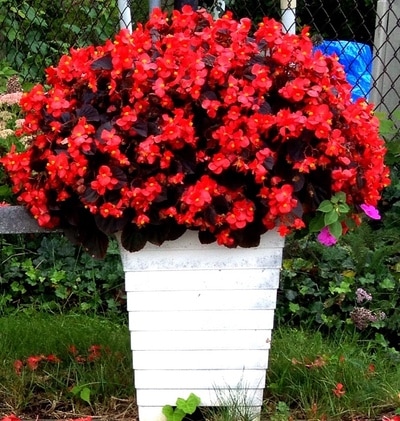
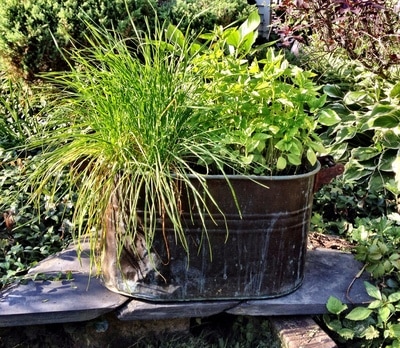
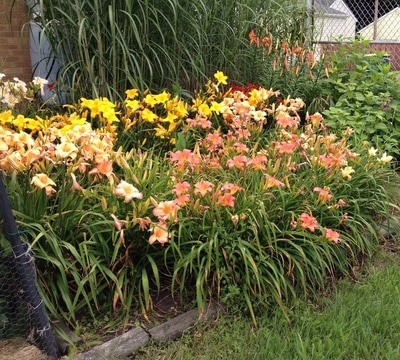
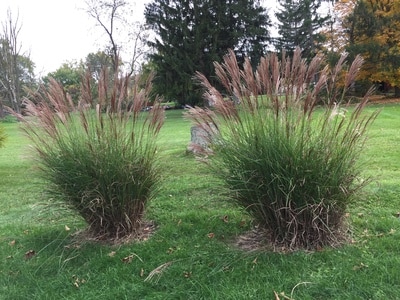
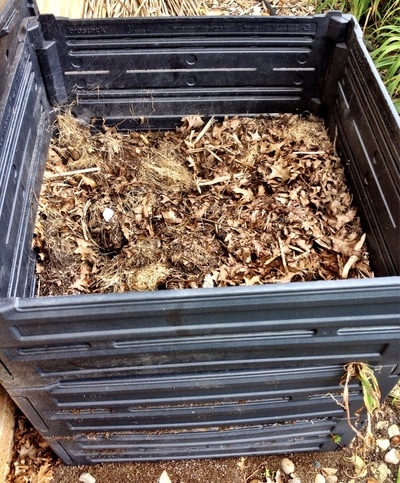
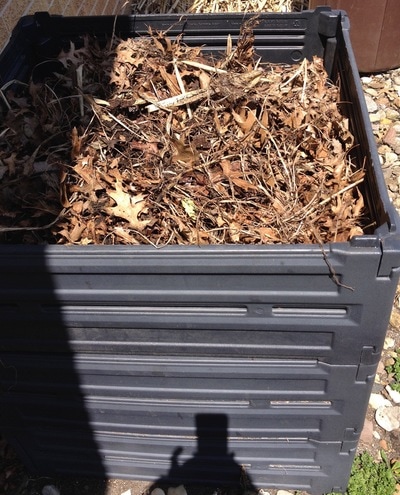

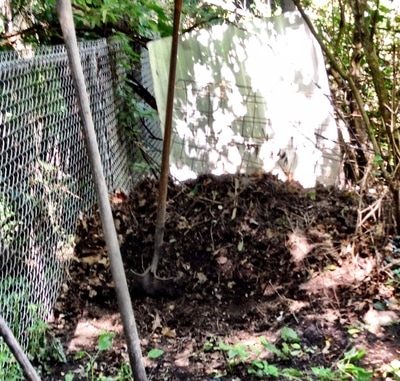

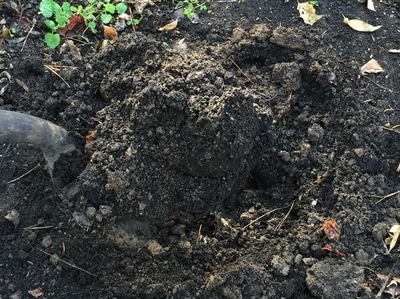
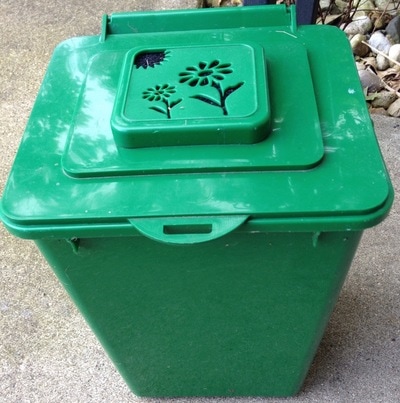
 RSS Feed
RSS Feed
